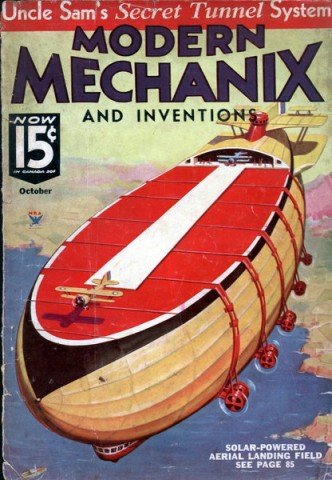Ilse's suggestion:

When it comes to science and medicine, the brain has always been a topic of particular interest to me. Another Day in the Frontal Lobe takes the reader inside the life of a neurosurgeon by describing Firlik's career path and experiences working with brain injuries and other medical issues. Filled with anecdotes and written in a fluent and engaging manner, the book offers a view of Firlik's field that will be interesting to scientists and prospective scientists (or neurosurgeons) alike.
Matt's pick:
 The Political Mind: A Cognitive Scientist's Guide to Your Brain and Its Politics by George Lakoff
The Political Mind: A Cognitive Scientist's Guide to Your Brain and Its Politics by George Lakoff
Politics are tricky. When up against a wall, I often find myself asking "Why don't people get it?!" Lakoff, a linguist and cognitive scientist, explains some of the science behind political beliefs and why its so hard for people to change their minds. Lakoff touts his book as a thesis about "the science behind how our brain understands politics." I found the chapter on how our brains develop 'frames' to be especially helpful for future science communication.
Heather's choice:
 Intuition by Allegra Goodman
Intuition by Allegra Goodman
We often hear about the plight of the post docs and PhD students just trying to make the next big discovery, and this novel gives us a look at "real" life in a cancer research lab. Now, I've never worked in a lab, but lots of friends of mine have, and this seems like a pretty good view of the politics of discovery, the various dimensions relationships can have in the lab (and out of it) and the personal journey of researchers who are just trying to save lives.
Happy reading everyone!
 The Political Mind: A Cognitive Scientist's Guide to Your Brain and Its Politics by George Lakoff
The Political Mind: A Cognitive Scientist's Guide to Your Brain and Its Politics by George LakoffPolitics are tricky. When up against a wall, I often find myself asking "Why don't people get it?!" Lakoff, a linguist and cognitive scientist, explains some of the science behind political beliefs and why its so hard for people to change their minds. Lakoff touts his book as a thesis about "the science behind how our brain understands politics." I found the chapter on how our brains develop 'frames' to be especially helpful for future science communication.
Heather's choice:
 Intuition by Allegra Goodman
Intuition by Allegra GoodmanWe often hear about the plight of the post docs and PhD students just trying to make the next big discovery, and this novel gives us a look at "real" life in a cancer research lab. Now, I've never worked in a lab, but lots of friends of mine have, and this seems like a pretty good view of the politics of discovery, the various dimensions relationships can have in the lab (and out of it) and the personal journey of researchers who are just trying to save lives.
Happy reading everyone!































